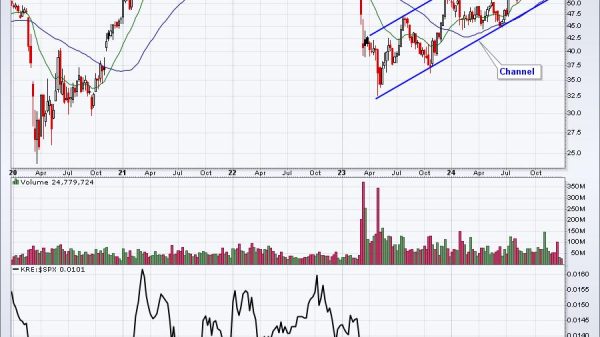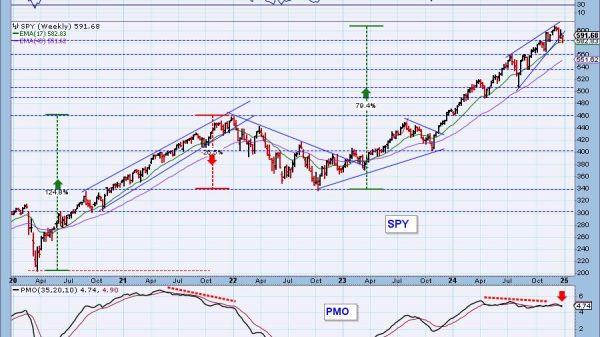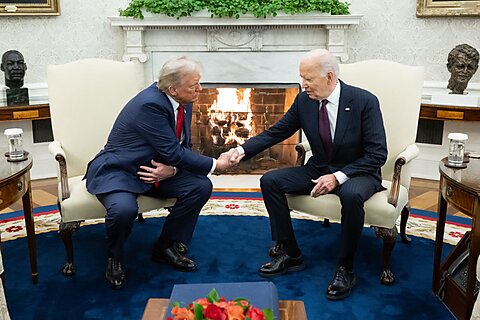Vanessa Brown Calder
This week, Claudia Goldin, the Henry Lee Professor of Economics at Harvard University, was announced as the 2023 Nobel Prize winner. Goldin’s work spans a variety of topics, including women’s labor force participation and economic history, education, immigration, and technological change. But among the myriad topics she is known for, one notable issue is the gender pay gap.
Goldin has applied an economist’s empirical eye and a balanced approach to her research on the pay gap, alongside an unusual humility regarding policy recommendations. In the process, she has brought various essential insights about the causes and implications of the gap to light.
Goldin’s work on the gender pay gap began decades ago. In her landmark book Understanding the Gender Gap: An Economic History of American Women, Goldin examined men’s and women’s labor market outcomes and argued that the historical persistence of the wage and job level disparity could not be attributed solely to sex discrimination or underlying structural factors in the labor market.
In line with this, her later work finds measurable differences in experience and labor market behavior that result in pay gaps between men and women. In Dynamics of the Gender Gap for Young Professionals in the Financial and Corporate Sectors, Goldin and coauthors compare elite masters of business administration graduates and find that male and female MBAs earn almost identical following graduation. However, motherhood precipitates career interruptions, reductions in hours, and increasing preferences for flexibility that help explain the widening gender gap for female MBAs compared to male MBAs.
This conclusion comports with subsequent research confirming that motherhood and its attendant labor market changes are an important explanation for the pay gap more generally.
In A Grand Gender Convergence: Its Last Chapter, Goldin summarizes her extensive work on the pay gap and highlights certain noteworthy findings: the gender gap tends to widen as individuals age, it varies considerably by occupation, and non‐linear returns to hours worked in certain professions drive the gap. She suggests that government intervention does not provide an easy answer to the pay gap, but instead that private firms should reduce the cost of flexibility for workers, as firms in sectors like healthcare, banking, and real estate have already done.
These insights are important. For instance, if inherent discrimination or bias against women causes the pay gap, we would expect women to be paid comparatively less throughout their working lives. However, Goldin finds that the gap grows with age, which suggests that sexism is not a significant driver. Moreover, Goldin’s finding that many jobs pay a premium for longer and more continuous hours, with greater round‐the‐clock availability, helps to explain why the gap grows following motherhood: mothers find it more challenging to be available in those roles or choose different opportunities.
In her most recent book, Career and Family: Women’s Century‐Long Journey toward Equity, Goldin describes the trade‐offs men and women make as they confront the reality of non‐linear returns to hours worked. The subsequent decision to specialize in career or family to maximize family income means sacrificing time with family or sacrificing career advancement opportunities at a real cost to both parties. She suggests that the adoption of remote and flexible work policies during the pandemic provides some reason for optimism.
Despite the overheated political rhetoric on the pay gap, Goldin remains interested in drawing careful insights from the data. Indeed, subsequent economic research has drawn similar conclusions.
A forthcoming chapter on the gender pay gap in a new Cato Institute book, The War on Prices, also cites Goldin’s work. It concludes that the gender pay gap is not primarily the result of workplace discrimination but is driven by the way men and women combine professional and personal obligations, among other factors.
Therefore, the pay gap is more complex—and not as easy to modify or as obviously problematic—as a superficial reading indicates. In this area and others, Goldin’s insights are to thank for bringing greater clarity to a salient topic.
























